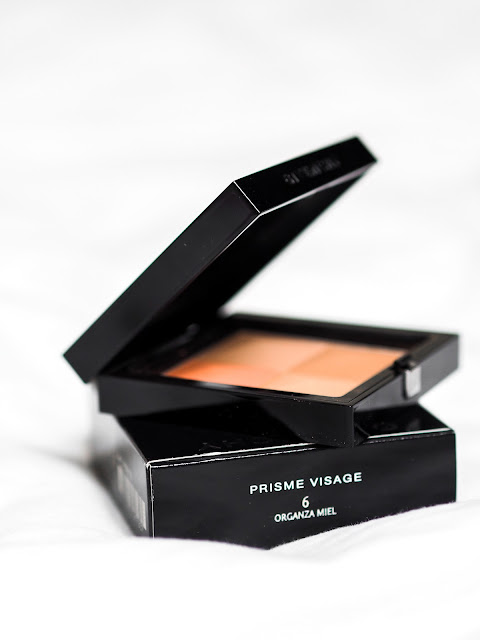Extended Reality: Rethink The Way You Look At The World
Extended Reality or XR is an umbrella term used to describe immersive technology in simple words mixing the real and the virtual worlds using Internet Of Things (IOT) hardware and software. It is an environment that allows people to interact with the virtual world. All XR technologies enhance one's experience by adding virtual components to the real world.
 |
| Photo by XR Expo on Unsplash |
BASICS EXPLAINED
There are three sub-components of XR. Each of which has a specific characteristic.
So what are we waiting for, Let's dive in:
Virtual Reality or VR - Here there is no component of the real world. the user is
submerged completely into the virtual world. it generally requires use of both
VR hardware and software. a brilliant example of VR is Google cardboard, it
provides an awesome immersive experience. creating a new world in itself.
 |
| Photo by Hammer & Tusk on Unsplash |
Augmented reality or AR - It enhances user experience by adding virtual components
in the real world by use of technology. it generally requires a VR software and
works wonders just by using the mobile cameras. a shining example of VR is Ikea
using its software to let customers project new furniture in their home settings
digitally.
 |
| Photo by David Grandmougin on Unsplash |
Mixed Reality or MR - it mixes both real and virtual worlds and lets the user
interact with both of them. Microsoft HoloLens is a great example of MR, it
allows developers to create solutions to interact with the real world.
 |
| Photo by ThisisEngineering RAEng on Unsplash |
APPLICATIONS (I loved it , you too will!):
Sports- AR can help sportsmen in their training. players can simulate their performance
and get real time feedback. Players can train by visualizing playing against
opponent. (I am feeling nostalgic by remembering my favorite childhood anime
Supa Strikers.)
 |
| Photo by Martin Sanchez on Unsplash |
Automobiles- One can project engine performance, exhausts, tire health etc. on
the wind-screen so that the driver need not move eyes away from the road. F1 drivers
train using VR for their upcoming race thereby saving lots of money. Can be used for
driving tests of aspiring drivers. (oh boy, possibilities are truly endless).
 |
| Photo by Kumpan Electric on Unsplash |
Retail- Retail stores have started using AR to provide a all round view of the
product before purchase. the app can also directs the customers to desired areas
using their shopping list and their likes and dislikes. (mind blowing right!)
 |
| Photo by Tristan Colangelo on Unsplash |
Cosmetics- Helps user to virtually apply makeup before making a purchase to get the
perfect shade of makeup from the comfort of their homes. can suggest new items based
on customer purchase patterns and shopping history.
 |
| Photo by Laura Chouette on Unsplash |
Restaurants- Helping chefs by creating a hands free product manual. helps new
staff in cooking by visualizing the final product in real time. (sounds delicious to me!).

Photo by Microsoft Edge on Unsplash
CHALLENGES:
Some of the main hurdles XR has to overcome in order to be adopted to mainstream
consumers are:
Implementation of XR requires huge amount of user data collection and processing to provide a seamless experience which raises lots of eyebrows citing privacy concerns.
The cost of implementation of XR is huge as it requires large investments from both industry and users side.
WAY FORWARD:
As computers shape our today and the way world functions, AR brings with it a tidal
wave of innovation and computer architecture thereby reshaping the world as we know
It is now.
Are you prepared for it? Let me know in the comments!



Comments
Post a Comment